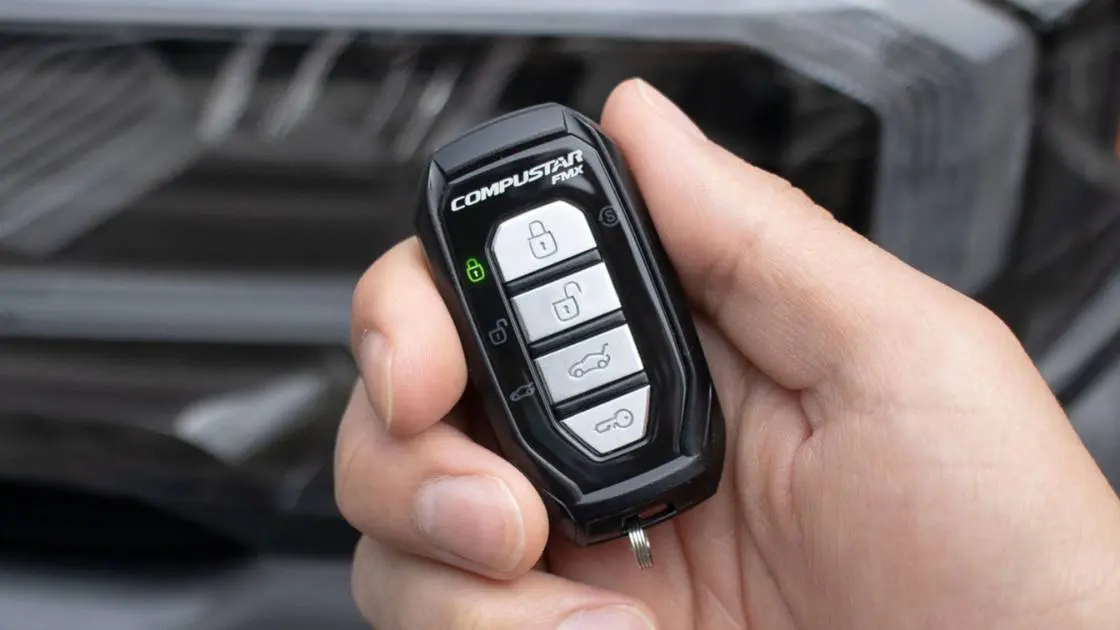Yes, remote start does use gas—because when you remotely start your car, the engine is running, just as if you turned the key yourself.
But how much gas does it actually use? And is it something to worry about?
Let’s break it down.
How Remote Start Works
When you use remote start:
- The engine starts
- The HVAC system may activate (heat or A/C)
- Some features like seat warmers or defrosters may also turn on (if programmed)
This means your vehicle is idling, and like any running engine, it burns fuel during that time.
How Much Gas Does Remote Start Use?
It depends on:
- Engine size (bigger engines burn more fuel)
- Idle time (most remote start systems run for 5–15 minutes)
- Weather conditions (extreme cold or heat can increase fuel consumption)
On average:
A car burns about 0.2 to 0.5 gallons of gas per hour at idle.
So a 10-minute remote start session may use around 0.03 to 0.08 gallons—a very small amount, but it can add up with frequent use.
Is It Bad to Use Remote Start Often?
Not necessarily. It’s convenient, and in cold weather, warming the engine a bit before driving can help with oil circulation.
However:
- Excessive idling wastes fuel
- It can cause carbon buildup over time if overused
- In some areas, idling is restricted or illegal beyond a few minutes
Tips to Reduce Fuel Use with Remote Start
- Use it only when needed (extreme weather)
- Set the climate controls wisely—don’t blast A/C or heat unnecessarily
- Limit idle time—many systems allow you to adjust how long it runs
- Drive off once the car is safe and defrosted—you don’t need a fully warm engine to start driving
FAQs
Does remote start use more gas than normal starting?
No. It uses the same amount of fuel as if you started the car normally—what changes is how long the car idles before you begin driving.
Can remote start hurt fuel economy?
Not directly, but if you use it every day for long periods, all that idling adds up and lowers your average MPG.
Can you remote start a hybrid?
Yes, but many hybrids use electric power during startup or low-speed idling, so they may use little to no gas during remote start—at least until the engine kicks in.
Final Thoughts
Yes, remote start uses gas, but only a small amount per use. It’s a convenience feature, not a fuel saver. Use it smartly—especially in cold or hot weather—and you’ll enjoy the comfort without burning unnecessary fuel.










